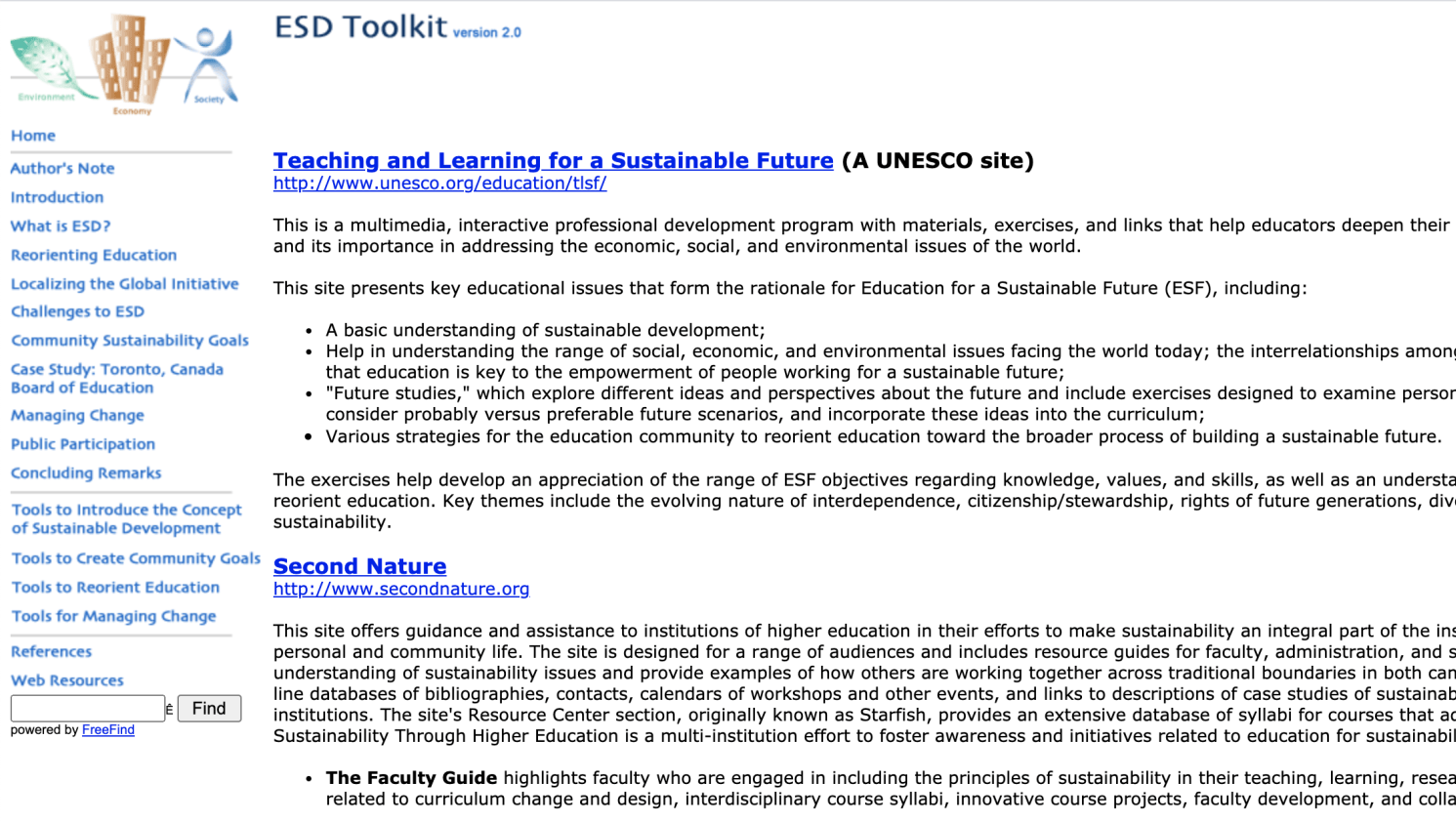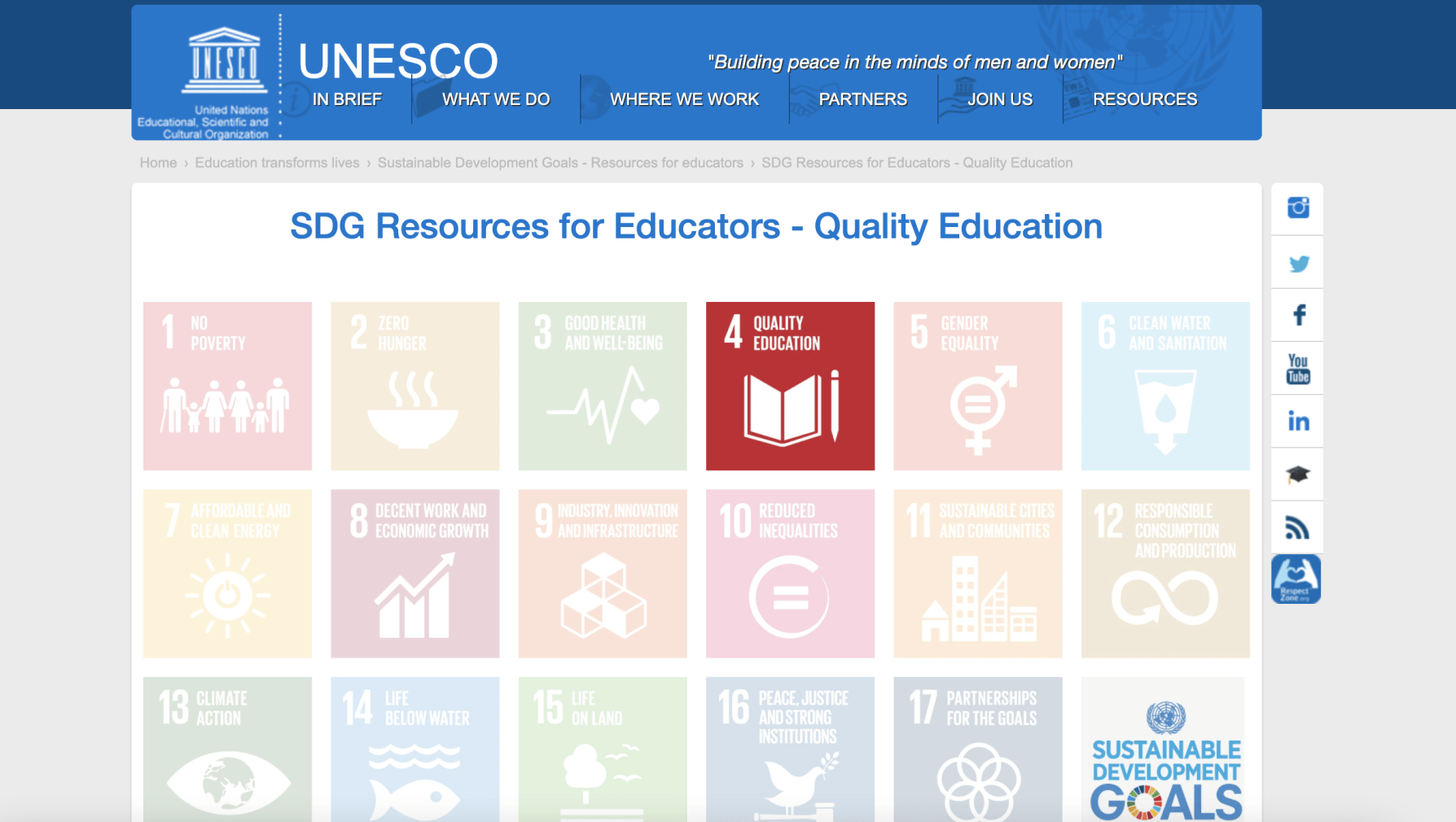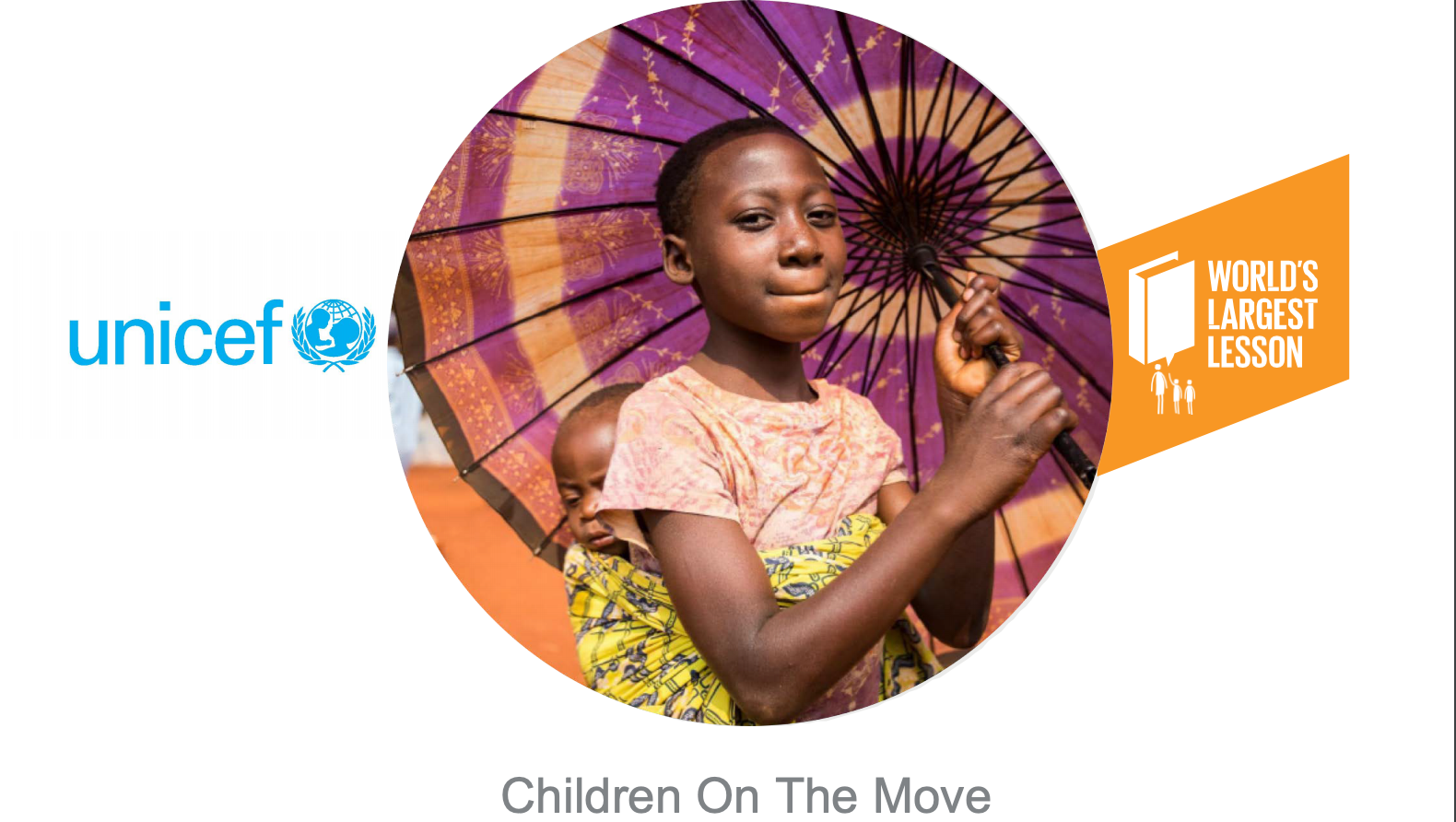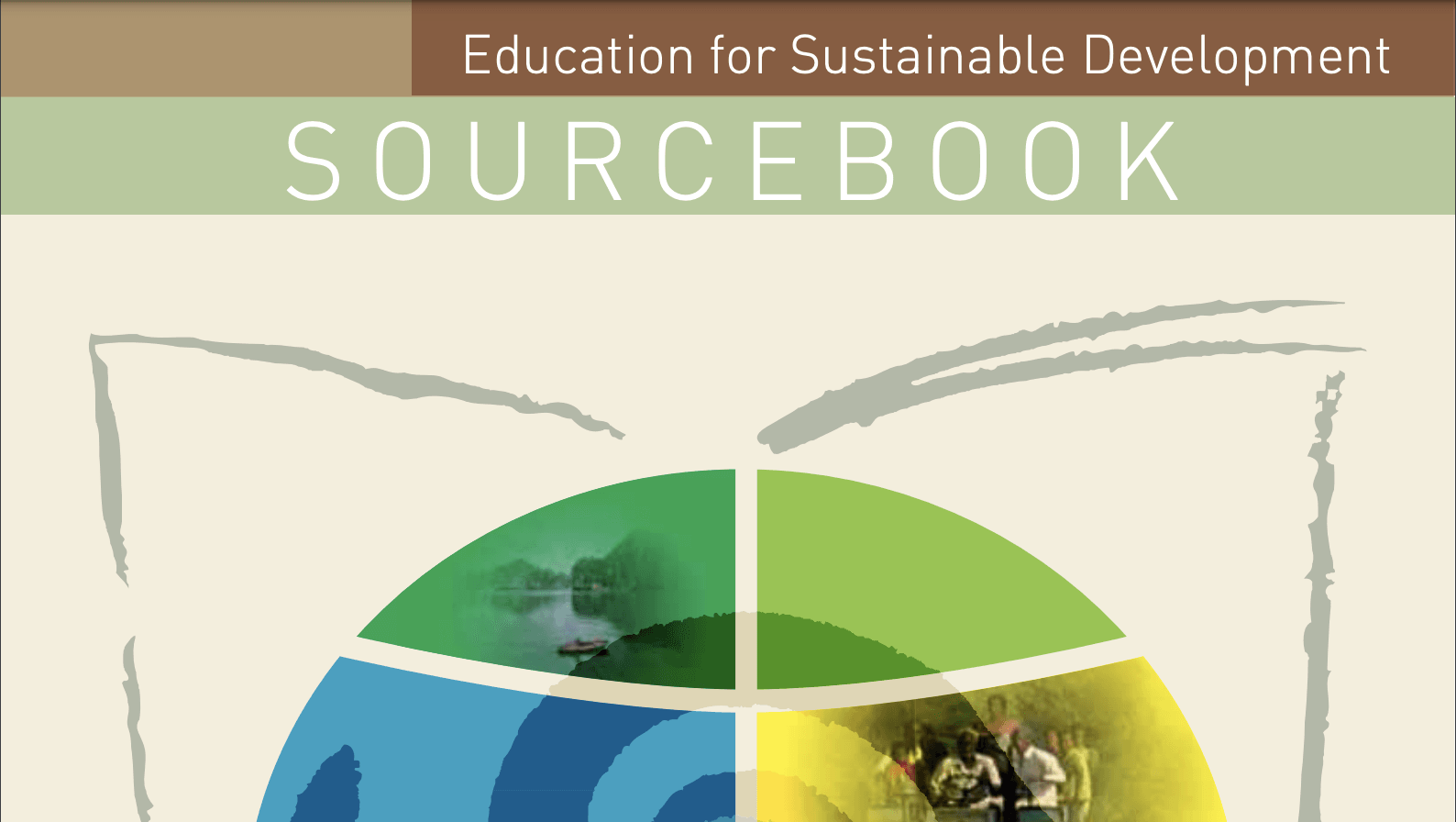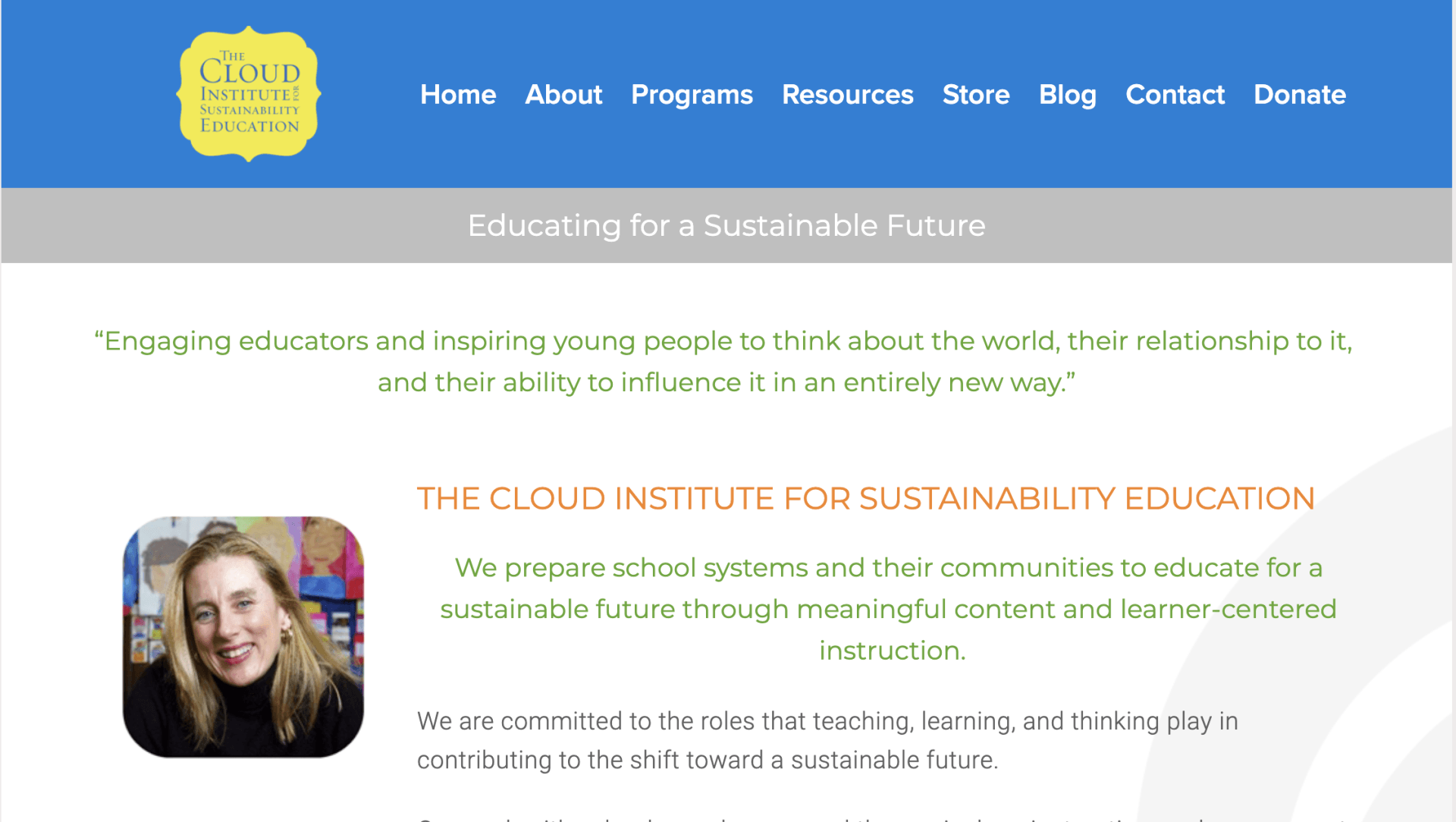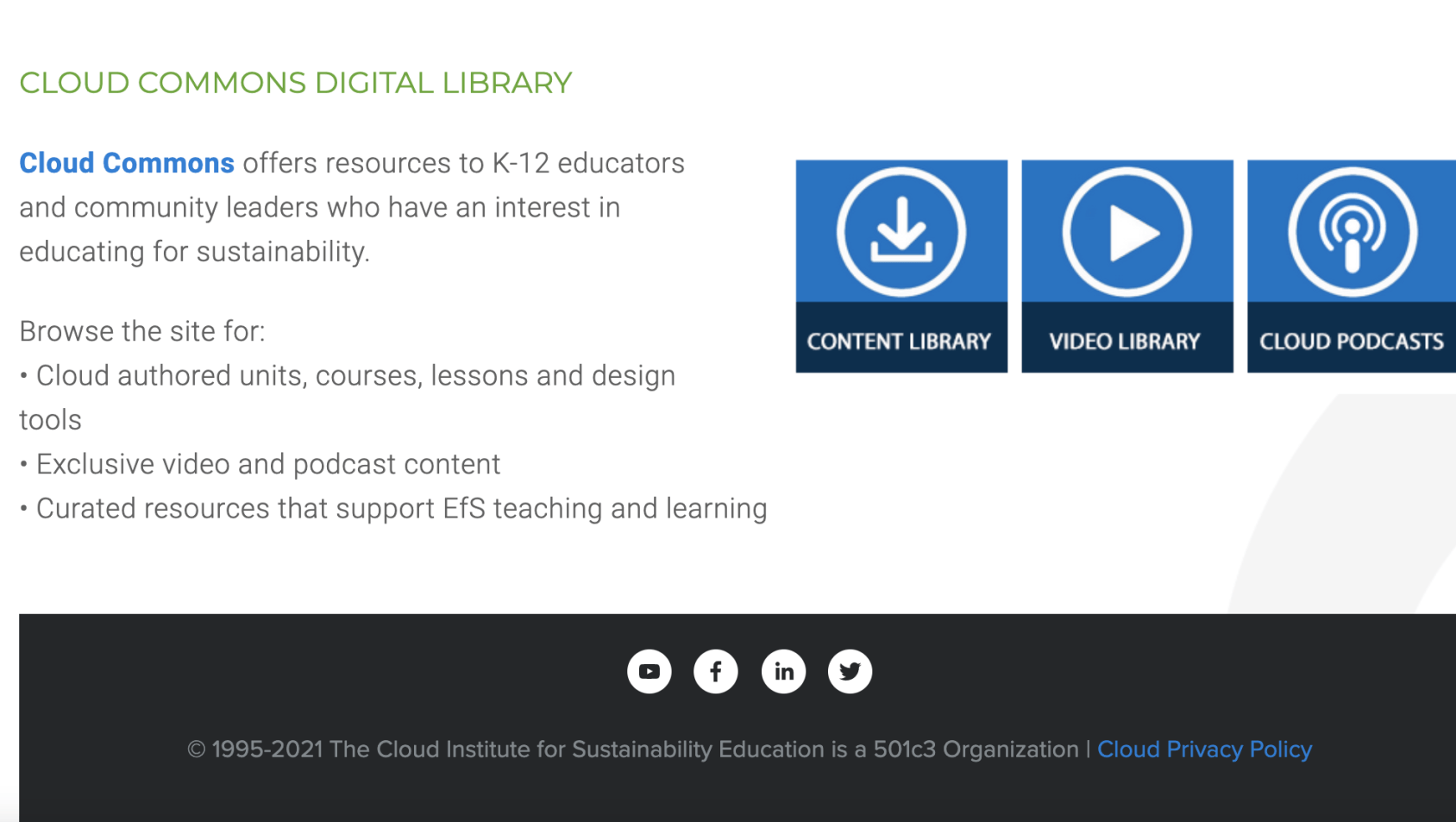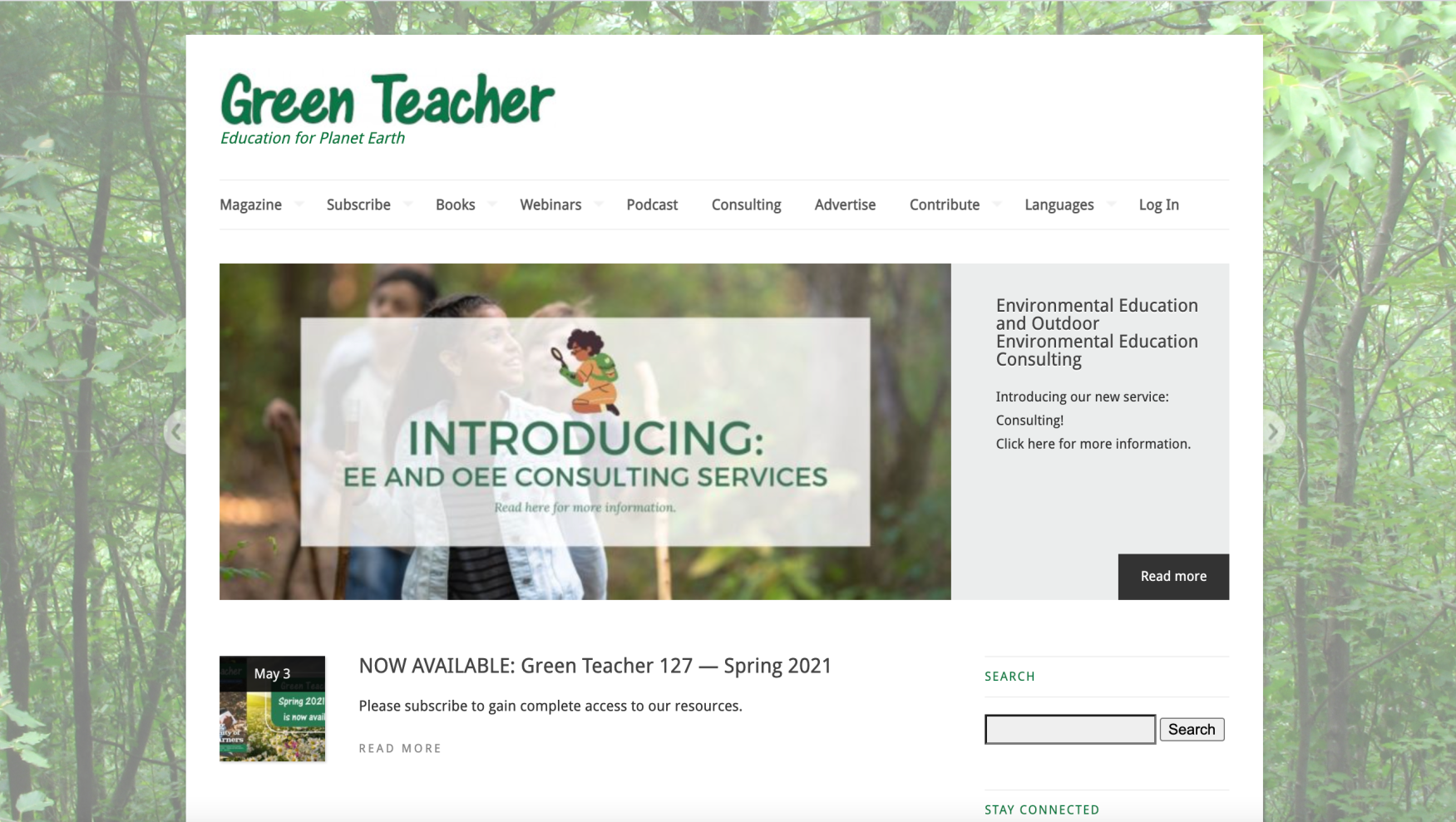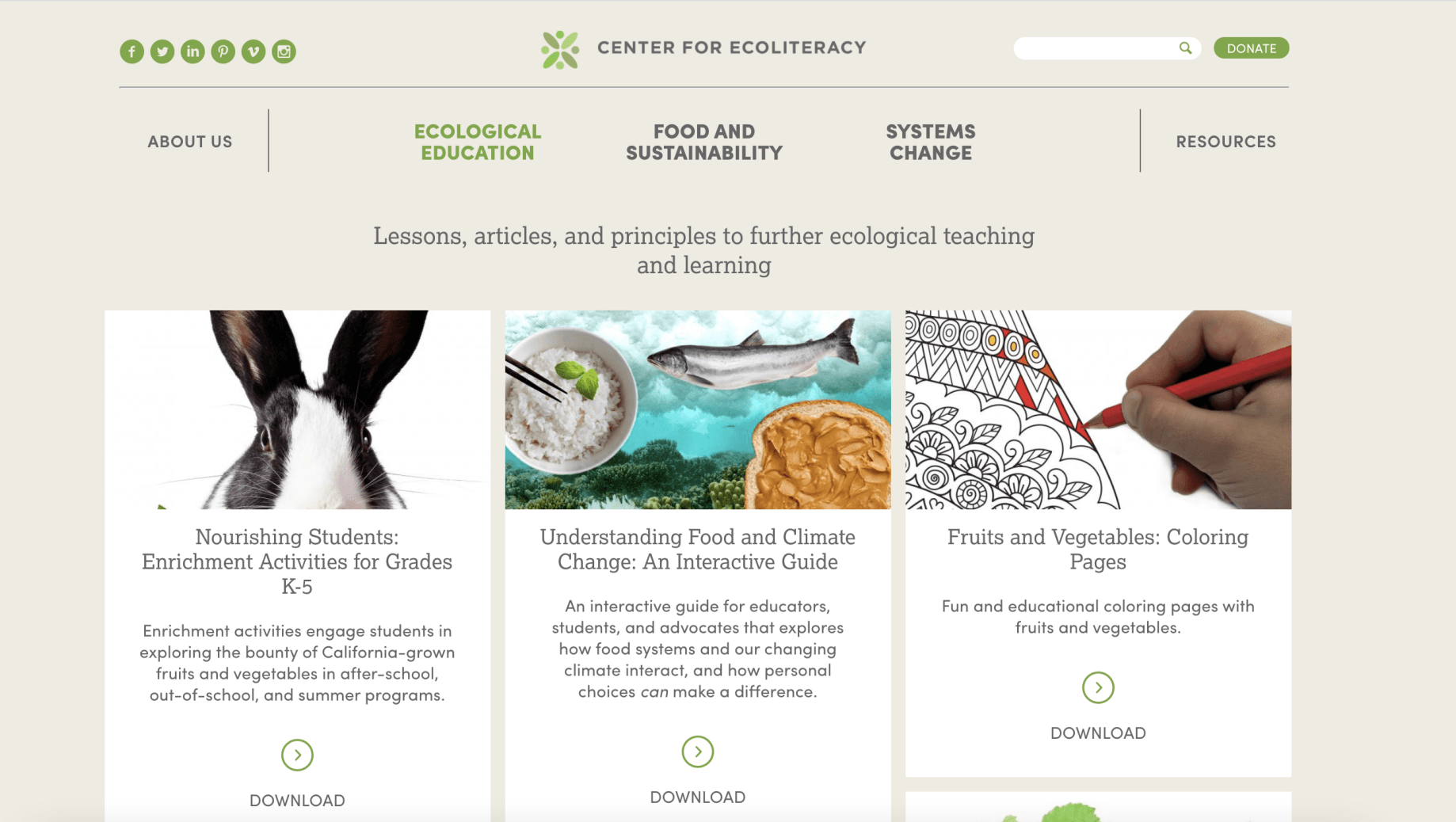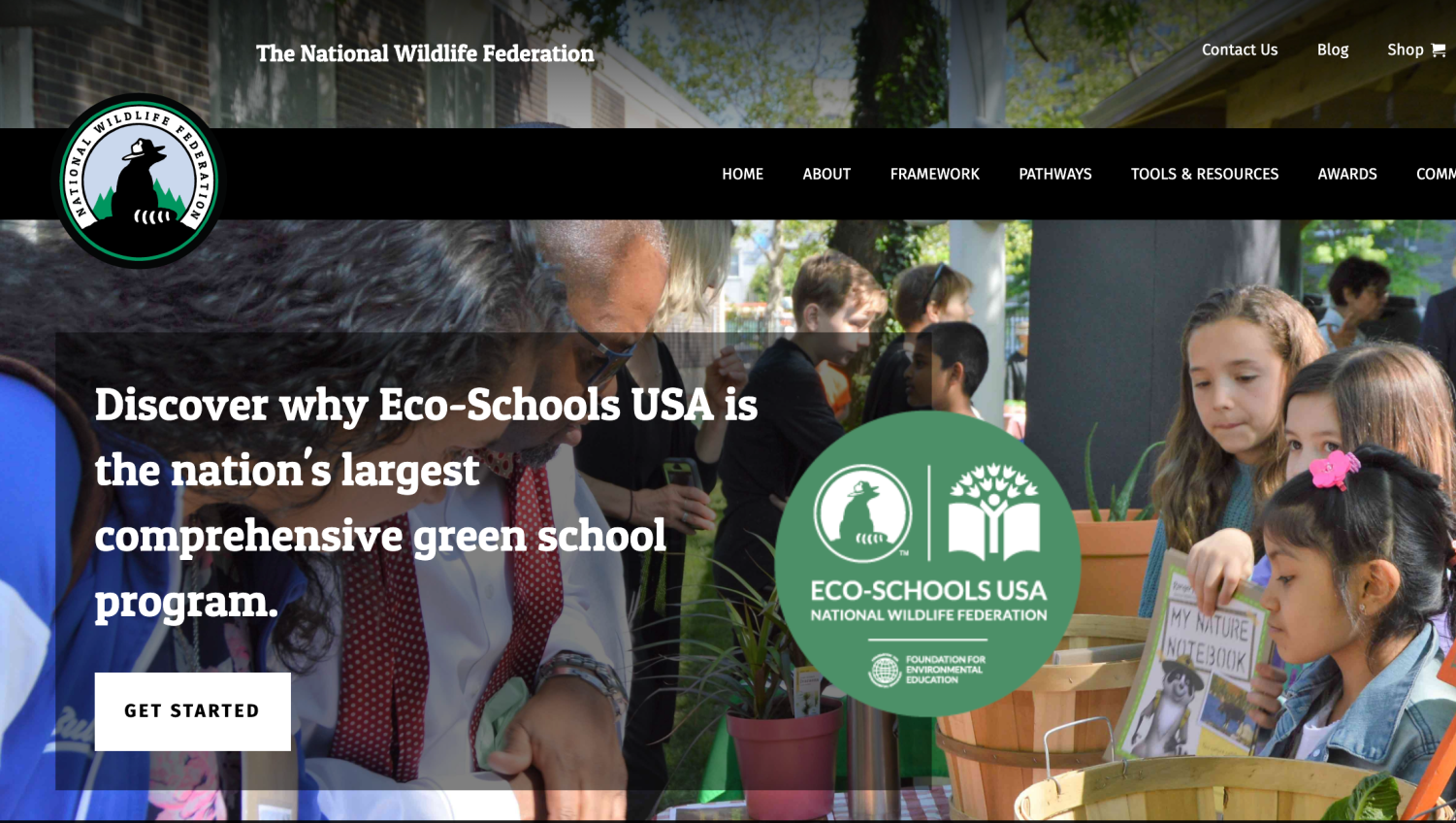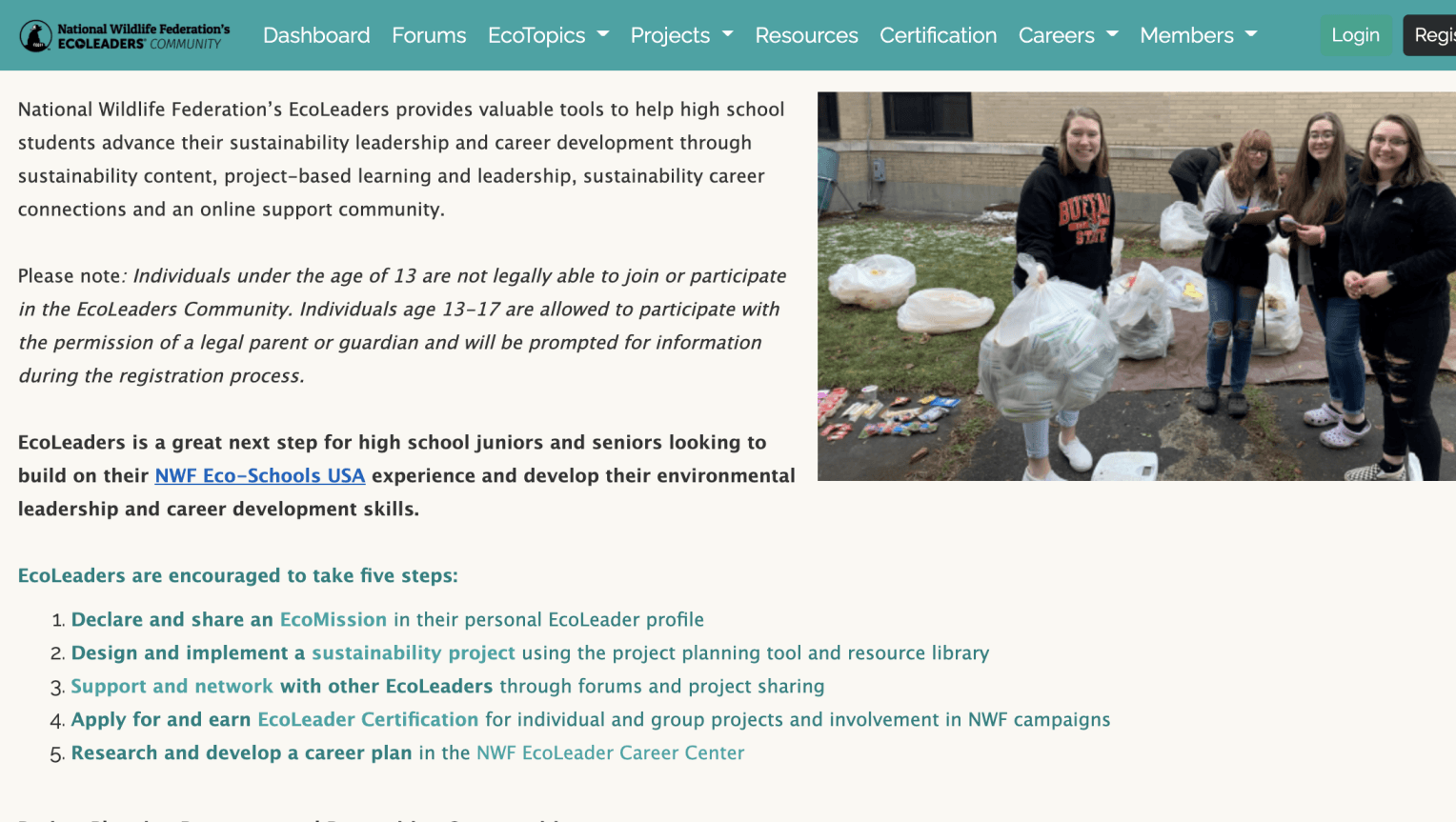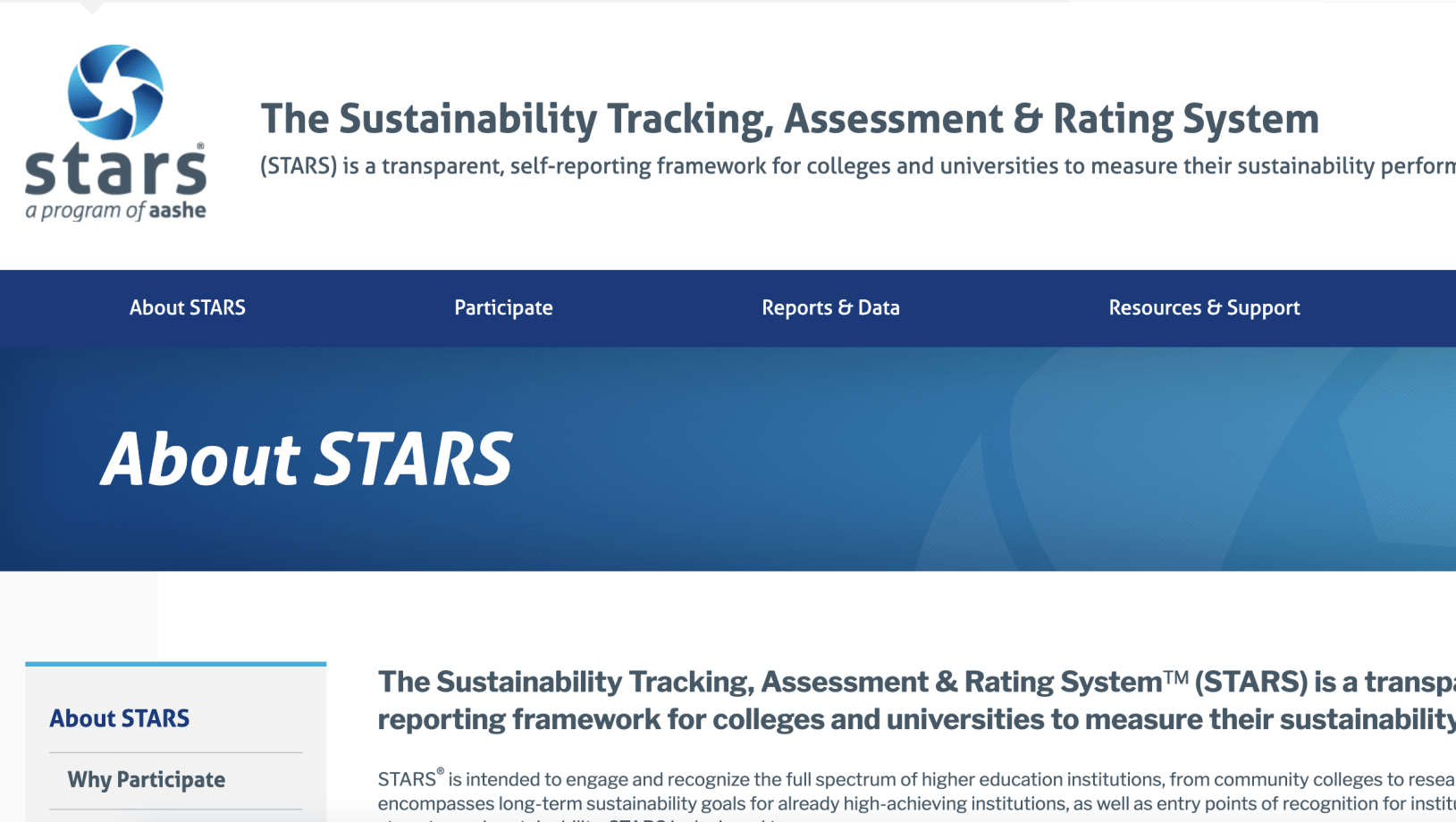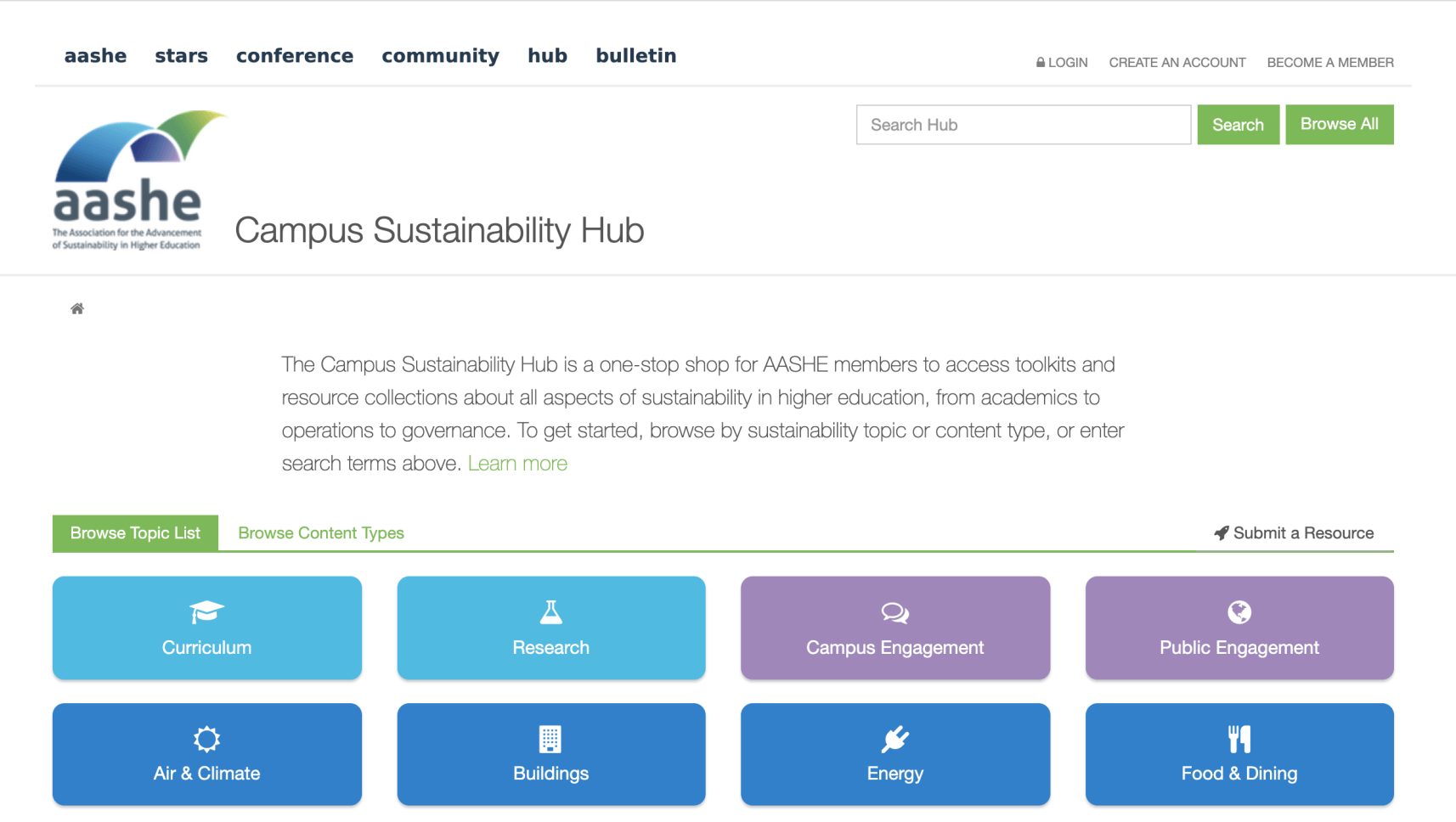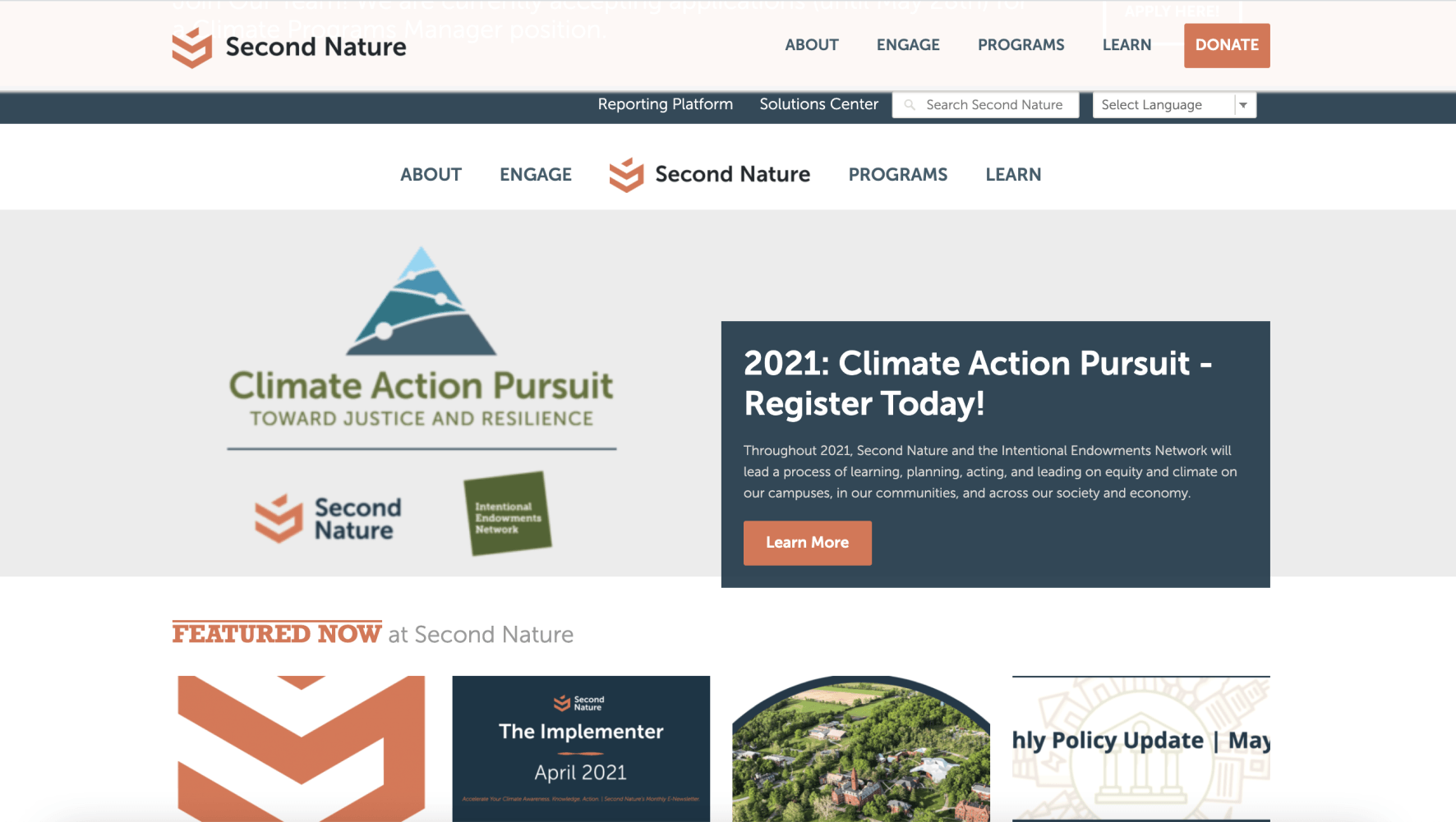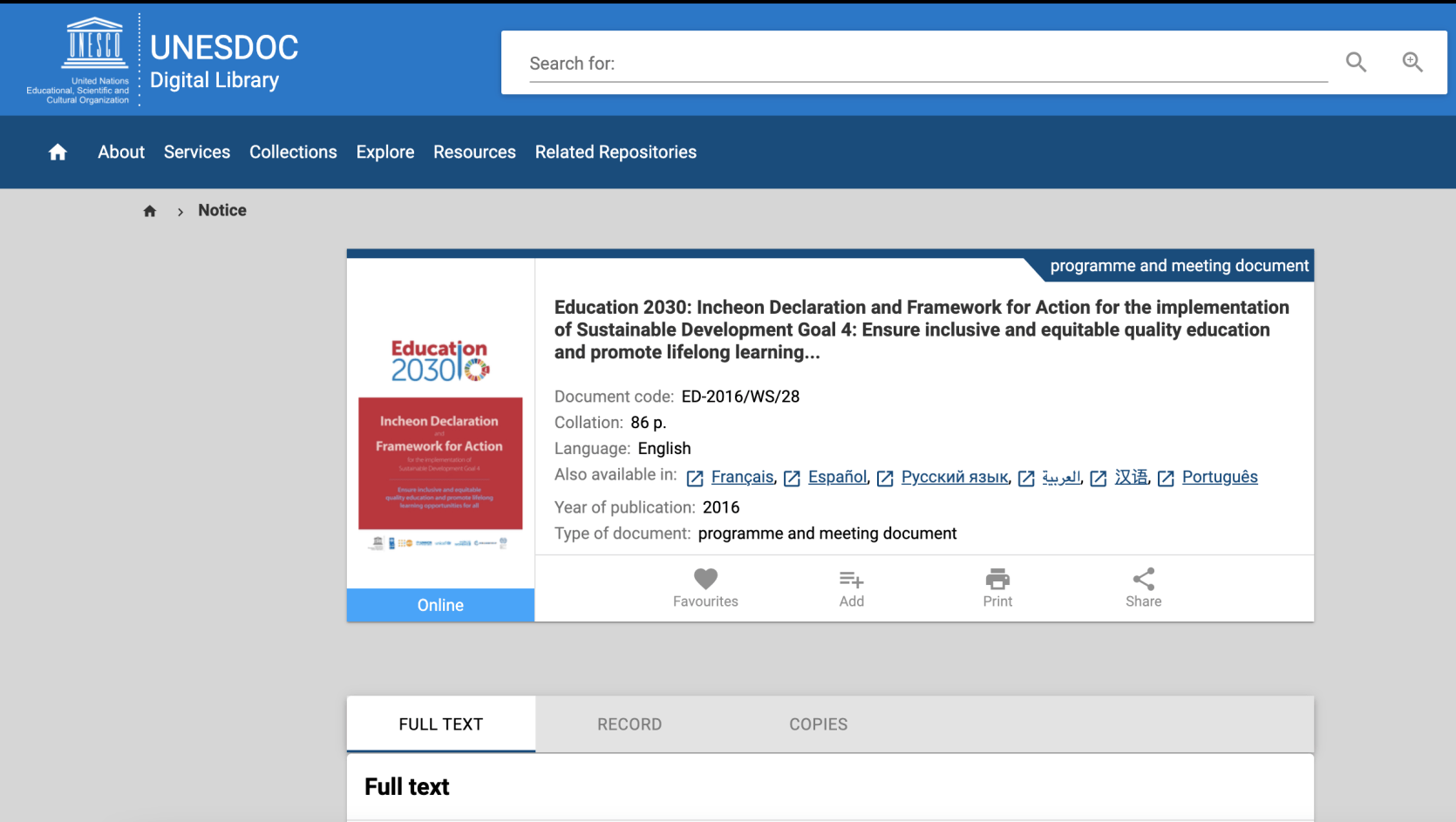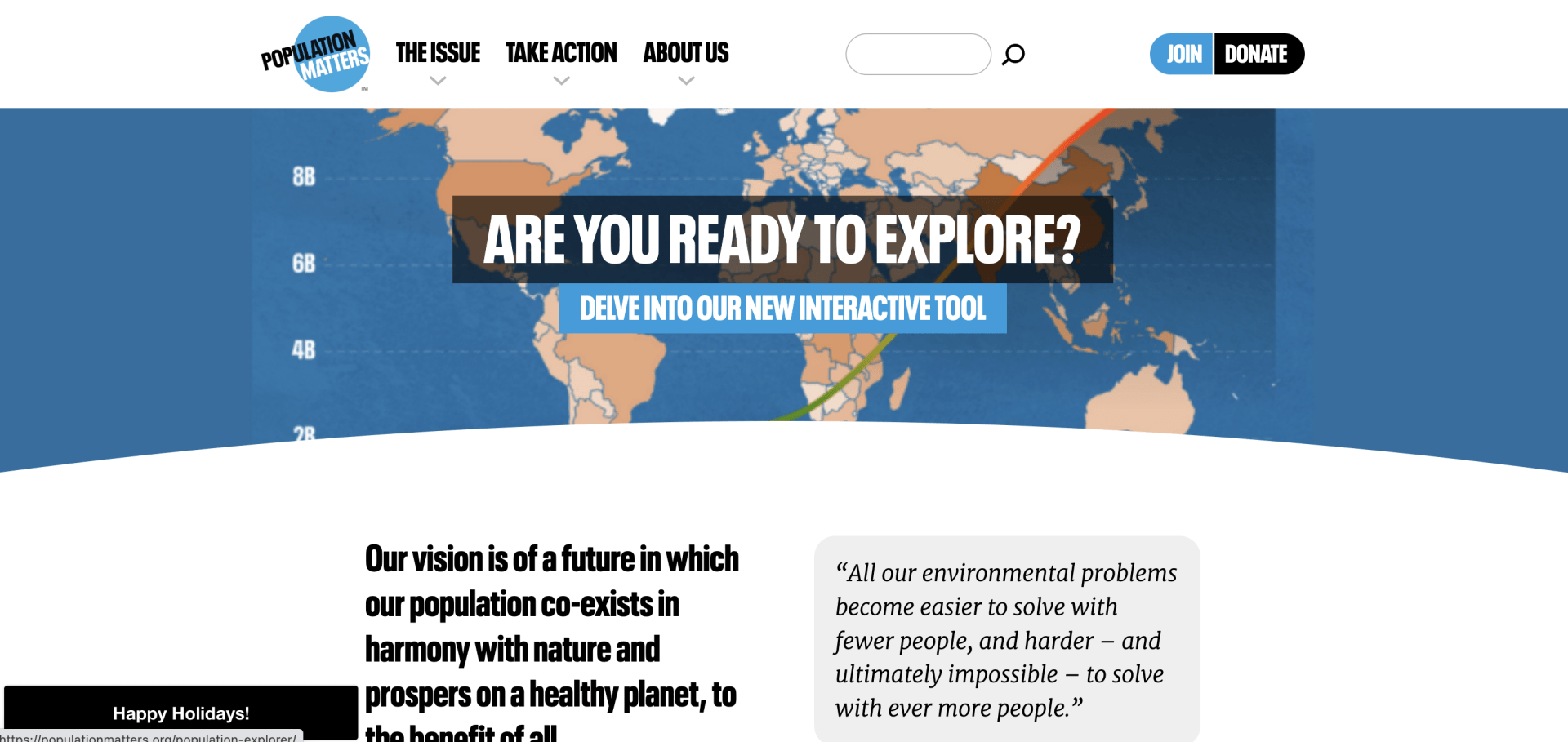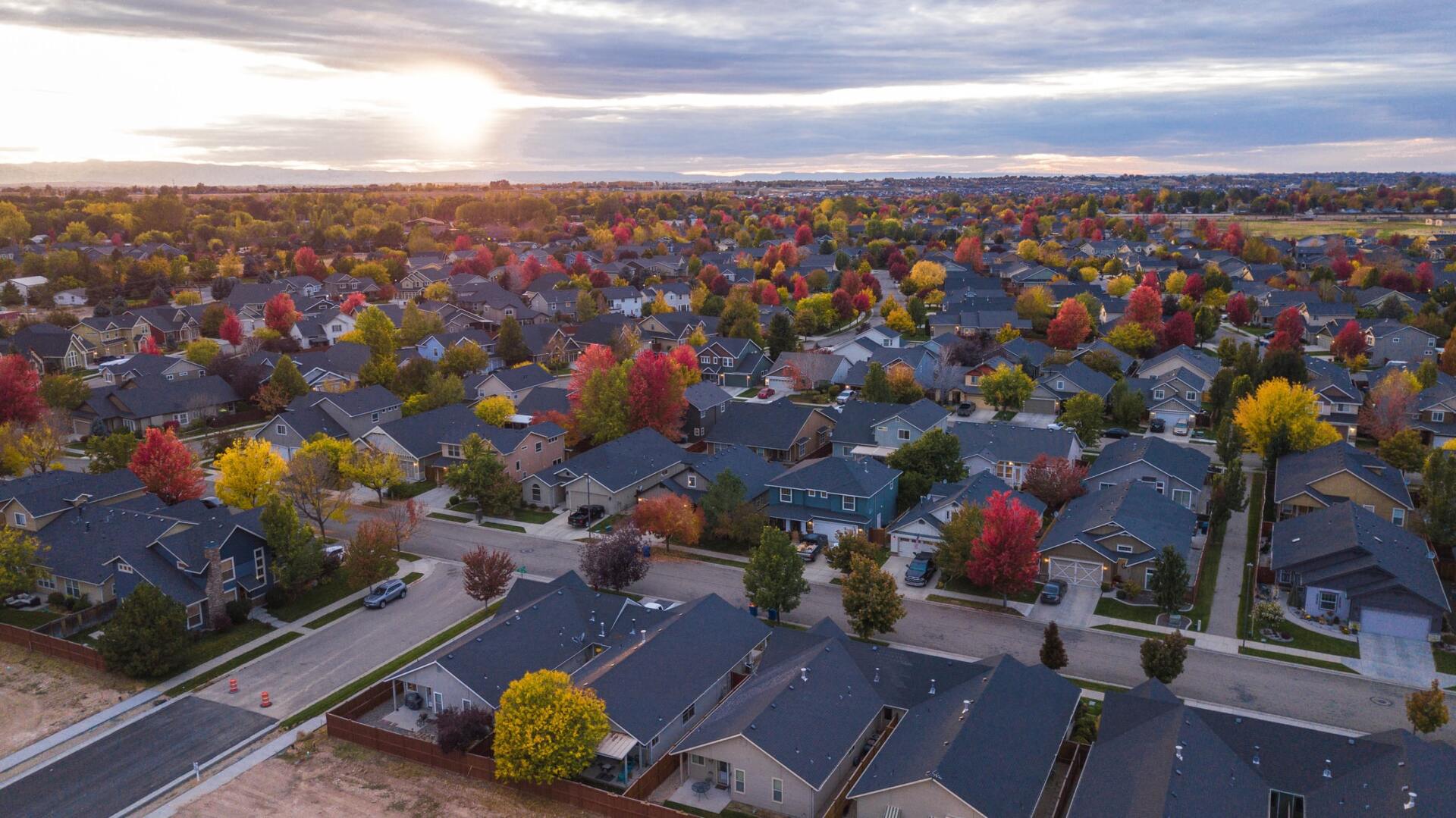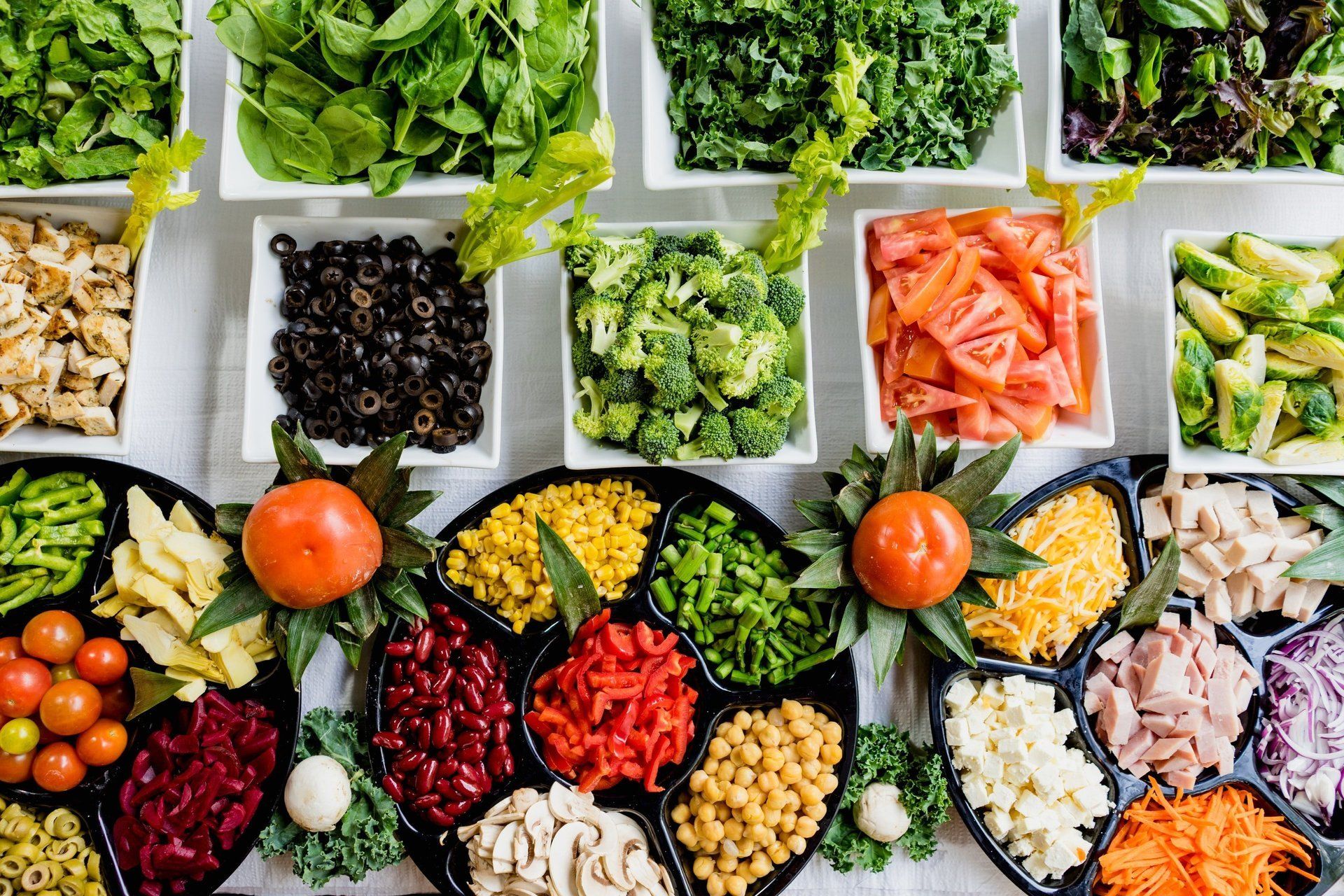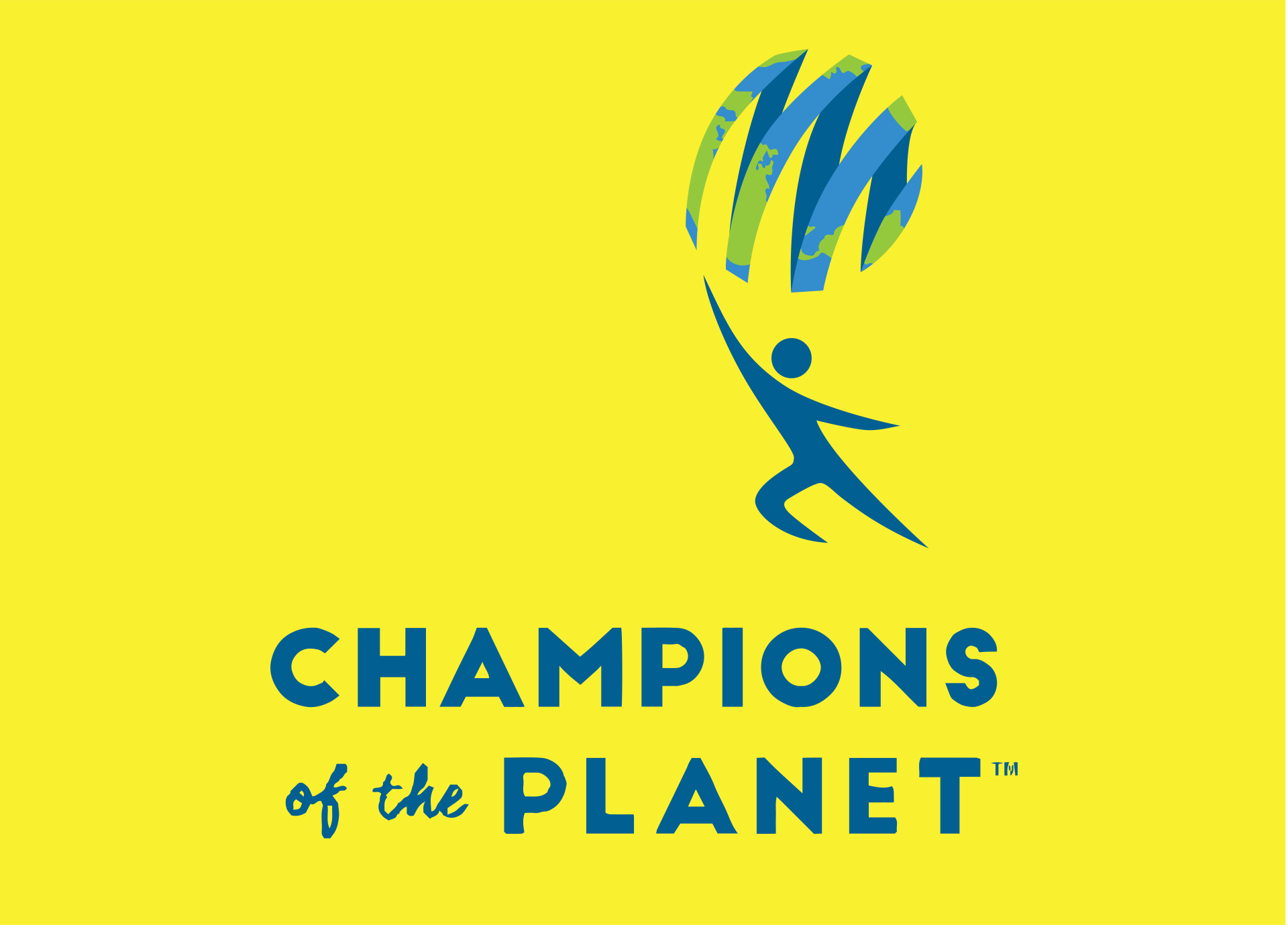- HOME
- LEARN
- TEACH
- TAKE ACTION
- WHAT YOU CAN DO
- PUT PEOPLE AND PLANET BEFORE PROFIT
- REPLACE OIL WITH RENEWABLE ENERGY
- EMBRACE A SUSTAINABLE LIFESTYLE
- CREATE NO-FISHING ZONES IN THE OCEAN
- FARM SMARTER AND EAT LESS MEAT
- PROTECT THE FORESTS
- RAISE PEOPLE OUT OF POVERTY TO SLOW POPULATION GROWTH
- CHANGE HOUSING AND HABITS
- CONSIDER TRANSPORTATION
- RETHINK TRAVEL
- OUR PARTNERS
- CONNECT
Teach
All areas of education need to provide training on what climate change is and how to stop it. The place to start, in our opinion, is at the elementary and middle school level, school district by school district, nationwide.
We are currently reaching out to our partners in education, and inviting them to create programs on the local level where they are. We will be updating you on their progress, so check back with us frequently to see what they are doing. In the meantime, here are some videos, articles and resources to help you get informed:
VIDEOS TO INSPIRE
FYAvideos
How To Make Your School More Sustainable
Bins aren't exactly the pinnacle of glamour, and hangin' out with waste isn't synonymous with 'cool'. Most people aren’t too keen to get their hands dirty. But after Micky watched 'An Inconvenient Truth', the ground-breaking documentary about the dangers of global warming, she decided that it was time for her to make a difference, in a good way.
Kris Leverton
TEDxYouth@BangkokPrep: Is sustainability the future of education?
Bangkok Prep teacher Kris Leverton addresses the importance of learning about sustainability in the classroom.
Jaimie Cloud
TEDxWindham: Education for Sustainability
Jaimie Cloud is passionate about inspiring young people to think about the world, their relationship to it, and their ability to influence it in an entirely new way.
QUICK START ARTICLES AND TOOLS FOR TEACHING
List of Services
-
Climate generation: An Extensive Curricula for GRADES 3-12.Visit Website
This website shoudl is a perfect place to start! Will Steger, an Arctic Explorer who has witnessed the degradation of the
planet in the Arctic regions established a foundation 10 years ago that
has extensive curricula.
-
6 Free tools for teaching about climate changeREAD ARTICLE
Demystify the data and create authentic learning experiences for your students.
Article By: Danny Wagner
Posted: March 24, 2021
As part of the Next Generation Science Standards (NGSS), students need to "ask questions to clarify evidence of the factors that have caused the rise in global temperatures over the past century." Many teachers have little to no formal training in how to teach about climate change. Along with the ever-changing research and the controversy that comes with it, it's understandable that some teachers may shy away from the content, or even prevent students from digging in too deep...
-
Movies That Teach Kids About Climate ChangeREAD ARTICLE List Item 1
Climate change is tough to discuss with kids, but these kid-friendly movies are an excellent way to start the conversation. Animated treats such as Ice Age: The Meltdown and Happy Feet Two are a great way to expose young kids to the concept of global warming, and for older kids, docs such as An Inconvenient Truth and The 11th Hour may inspire kids to do their part to preserve the planet. For more pro-environment picks, check out our lists Environmental Movies, Environmental Websites, Green Games, Green TV, Environmental Books, and Movies That Inspire Kids to Change the World...
HELPFUL LINKS
Below you will find links to various resources that we hope will help you on your journey to teaching students of all ages about climate change, and sustainability.
We have no affiliation with these companies and are not receiving any compensation for highlighting them on our website.
ESD Toolkit
This is a multimedia, interactive professional development program with materials, exercises, and links that help educators deepen their understanding of education for sustainability.
UNESCO SDG Resources for Educators
This site breaks down education programs for different developmental stages in learning.
UNESCO Education for Sustainable Development Sourcebook
This sourcebookprovides a comprehensive overview of what Education for Sustainable Development is. It also contains a workbook, a collection of teaching techniques, sample lesson plans, and extracurricular activities. This document is intended primarily for primary and secondary teachers in formal education settings.
The Cloud Institute for Sustainability Education
This organization provides consultation for existing or developing schools, such as Leadership Consulting to assist administrators in the implementing Education for Sustainability in their schools, as well as Curriculum Coaching to help teachers design sustainability-oriented lesson plans and tests that measure students’ meaningful learning.
The Cloud Commons
In addition to a reading list with books about the role of equity and sustainability in education , they also offer the Cloud Commons digital library stocked with resources that support EfS teaching and learning like units, courses, and lessons.
A non-profit organization that strives to help educators cultivate environmental awareness in youth both inside and outside the classroom, particularly between the ages of 6-19. Not only does this quarterly magazine put a spotlight on the role of education in creating a sustainable future, but it also gives reviews of educational resources and offers an abundance of practical articles and activities for different age groups.
Provides educational materials primarily targeted towards K-5 students, from educational coloring pages and posters with fruits and vegetables, to enrichment activities for formal and informal educational settings, to free lesson plans about agricultural systems, nutrition, and food choices. There is also a free video, photography, and text-based program, Understanding Food and Climate Change: An Interactive Guide oriented towards 6-12 grade students.
Eco-Schools USA
The nation’s largest comprehensive green school program, Eco-Schools USA is a student-driven, seven step framework created by the National Wildlife Foundation to raise environmental awareness in schools. By involving the surrounding community and building off the school’s existing curriculum, this initiative strives to implement project-based learning experiences for students to help them learn about environmental themes. This includes the Schoolyard Habitat Environmental Learning Lab (SHELL),
Aimed towards high school students ages 13-17, this initiative by the National Wildlife Foundation equips motivated students with the resources to learn about their environmental topic of interest, design and implement a personal sustainability project, network with other “EcoLeaders,” and develop their skill sets and life aspirations through the EcoLeaders Career Center.
STARS -The Sustainability Tracking, Assessment & Rating System
A resource for any institution of higher education—from community colleges to prestigious research centers—which provides a framework to plan and implement long-term sustainability goals. Institutions from all over the world are measured based on common standards, and the sustainability rating scheme allots STARS Bronze, Silver, Gold, and Platinum ratings based on their performance.
STARS is also a tool for universities to reassess their current course offerings and identify opportunities to integrate sustainability themes into the curriculum. A variety of tools and resources are grouped by different aspects of sustainability, like guides for campus community engagement and publications on incorporating sustainability into higher education curriculum.
Provides resources and guidance for faculty, administration, and students at higher education institutions. In the form of distinct resource guides for these populations in the university, the site helps integrate sustainability practices into the academic community and the campus itself.
There is also a
Solutions Center for campus administration
to easily compare solutions like carbon offsets, ground source heating and cooling, and utility-scale wind and solar power.
This interactive website is a good starting point to get acquainted with ESD and its vital role in empowering the powerless and solving the problems we face today. In addition to covering “Education in emergencies” and “Right to education,” this resource takes a futurist standpoint, facilitating conversations on how we can envision and manifest a sustainable future.
Is also a good place to learn more about the mission to “ensure inclusive and equitable education and promote lifelong learning opportunities for all” and the action steps we must take to achieve this.
Formal education is in need of teacher training institutions in order to root Education for Sustainable Delvelopment (ESD) into policy, coursework, degree programs, accreditation, and certification standards.
We encourage teachers and administrators to
a) acknowledge the seriousness of the problem, and
b) use currently available materials to craft imaginative and inspiring programs needed to raise students' awareness of the climate crisis, and give them the tools they will need moving forward into this uncertain future.
UNESCO emphasizes some necessary, fundamental changes to our current education system(s):
Interactive, student-oriented learning environment:
In lieu of treating students as passive recipients of ‘expert’ knowledge and solutions, they are empowered to take part in guiding the learning process, and are inspired to take action for sustainability. An interdisciplinary approach is also encouraged, as well as the use of diverse methods to facilitate learning like art, literature, drama, and debate.
Content that encompasses climate and environmental issues:
Contemporary subjects like loss of biodiversity, disaster risk reduction, climate change, and sustainable consumption and production should be standard components of any curriculum.
Enabling societal transformation:
Education should bring out the ‘global citizen’ within each and every one of us—regardless of age—and equip students with the tools to transform themselves and their society. Not only does this entail encouraging their individual, sustainable lifestyles, but it also gives them the skills to thrive in ‘green jobs’ so they may enact change both locally and globally.
Learning outcomes:
In addition to technical competencies mentioned above, students should develop the ‘soft skills’ of collaborative decision-making, critical and systemic thinking, and taking responsibility to work towards inter- and intragenerational equity.
Education for Sustainable Development in the SDGs
Currently, ESD is an integral component of the UN’s Sustainable Development Goals (SDGs) that will
guide the global community until the year 2030.
JOIN OUR PERIODIC NEWSLETTER
Thank you. We are delighted you have signed up for our newsletter. Don't worry, we won't be crowding your inbox unless it something newsworthy.
Please try again later

